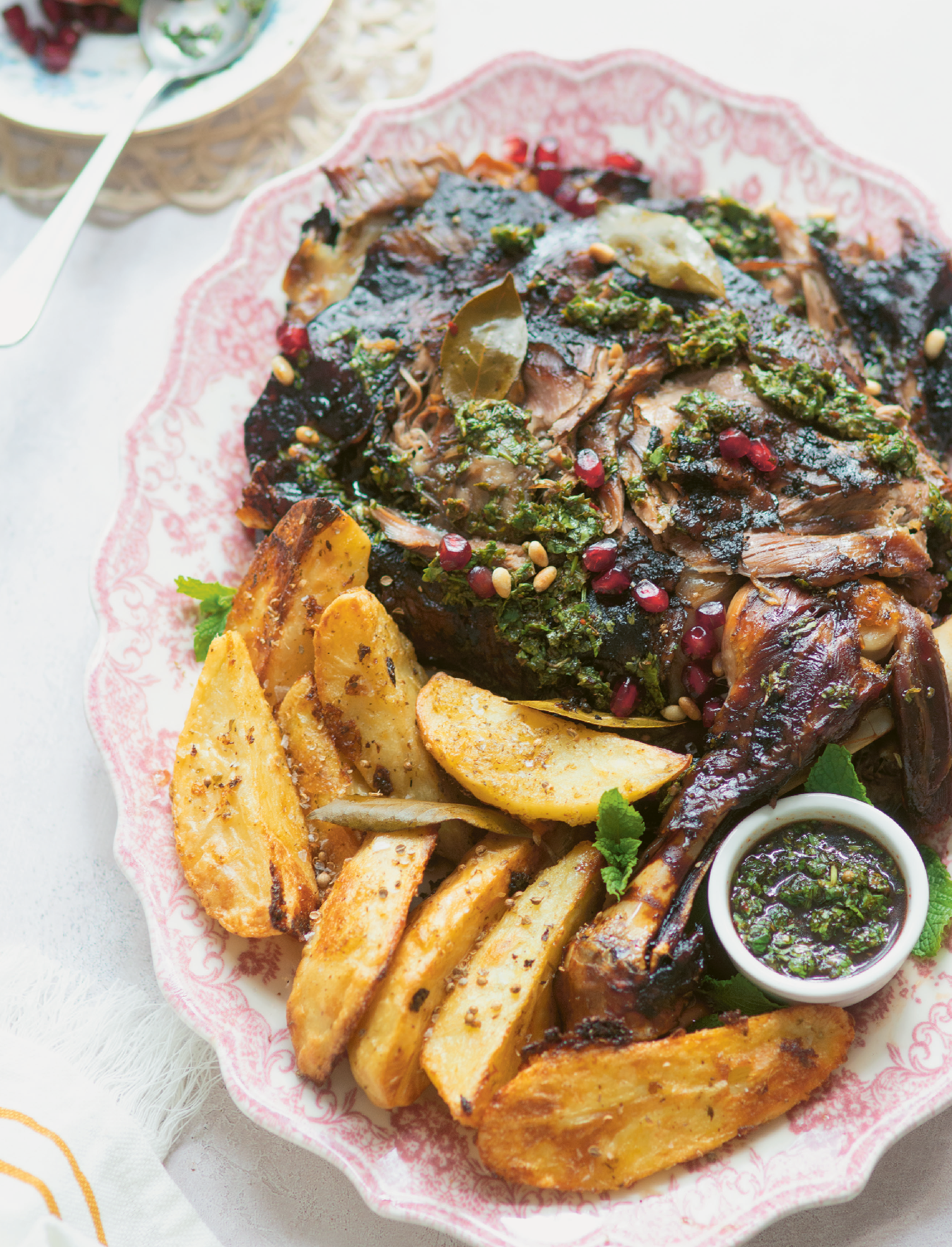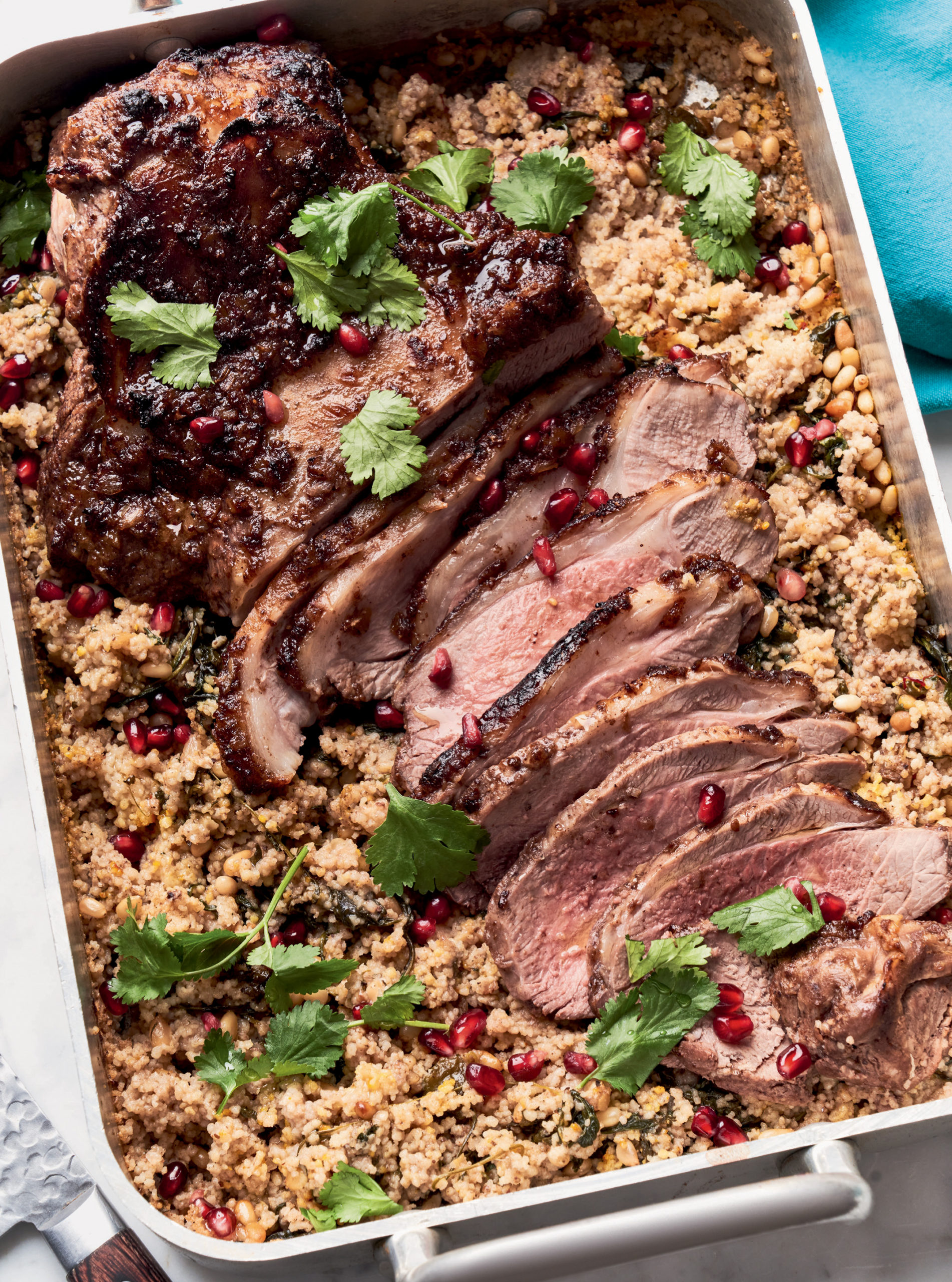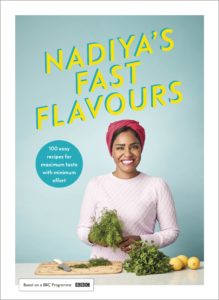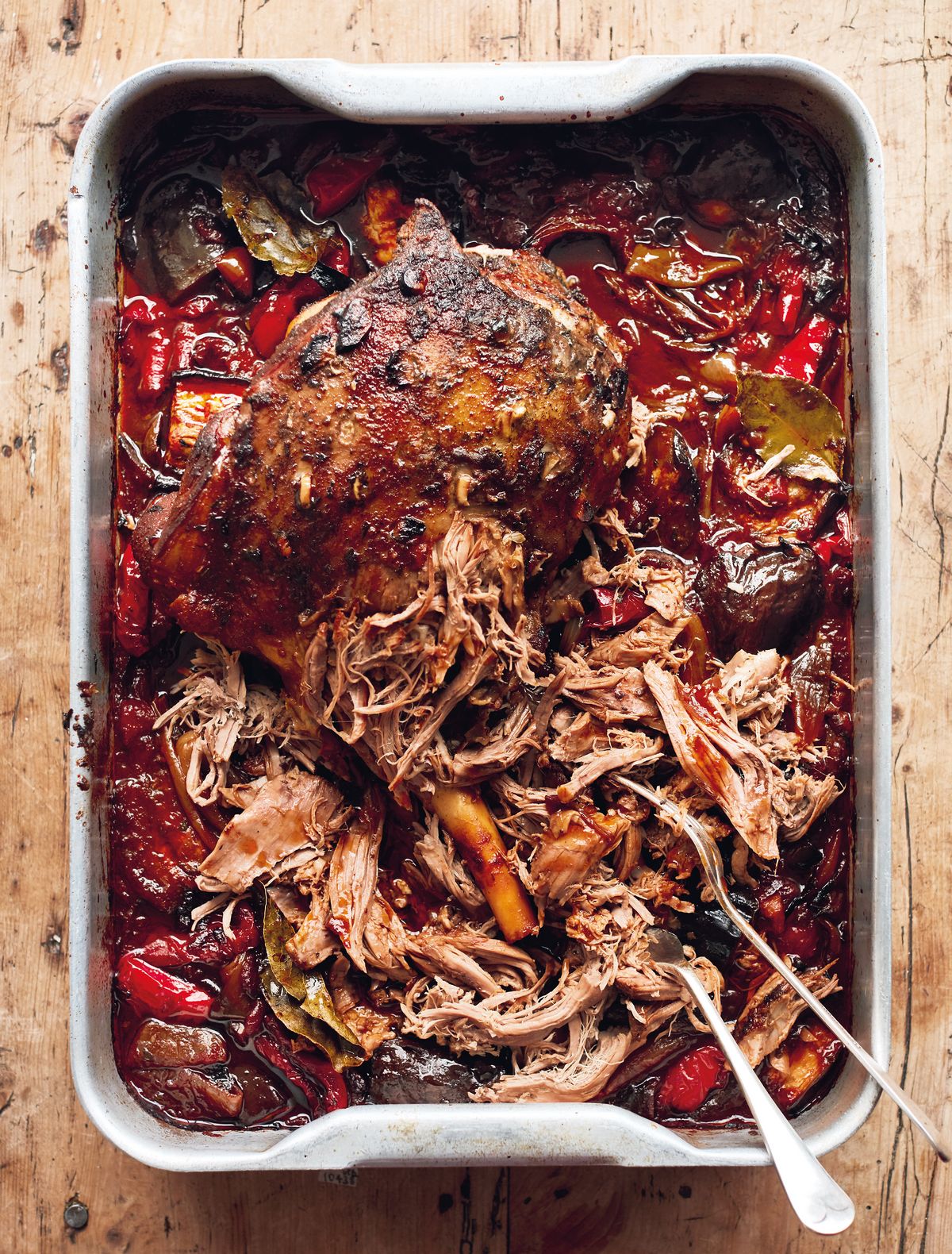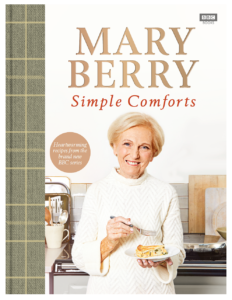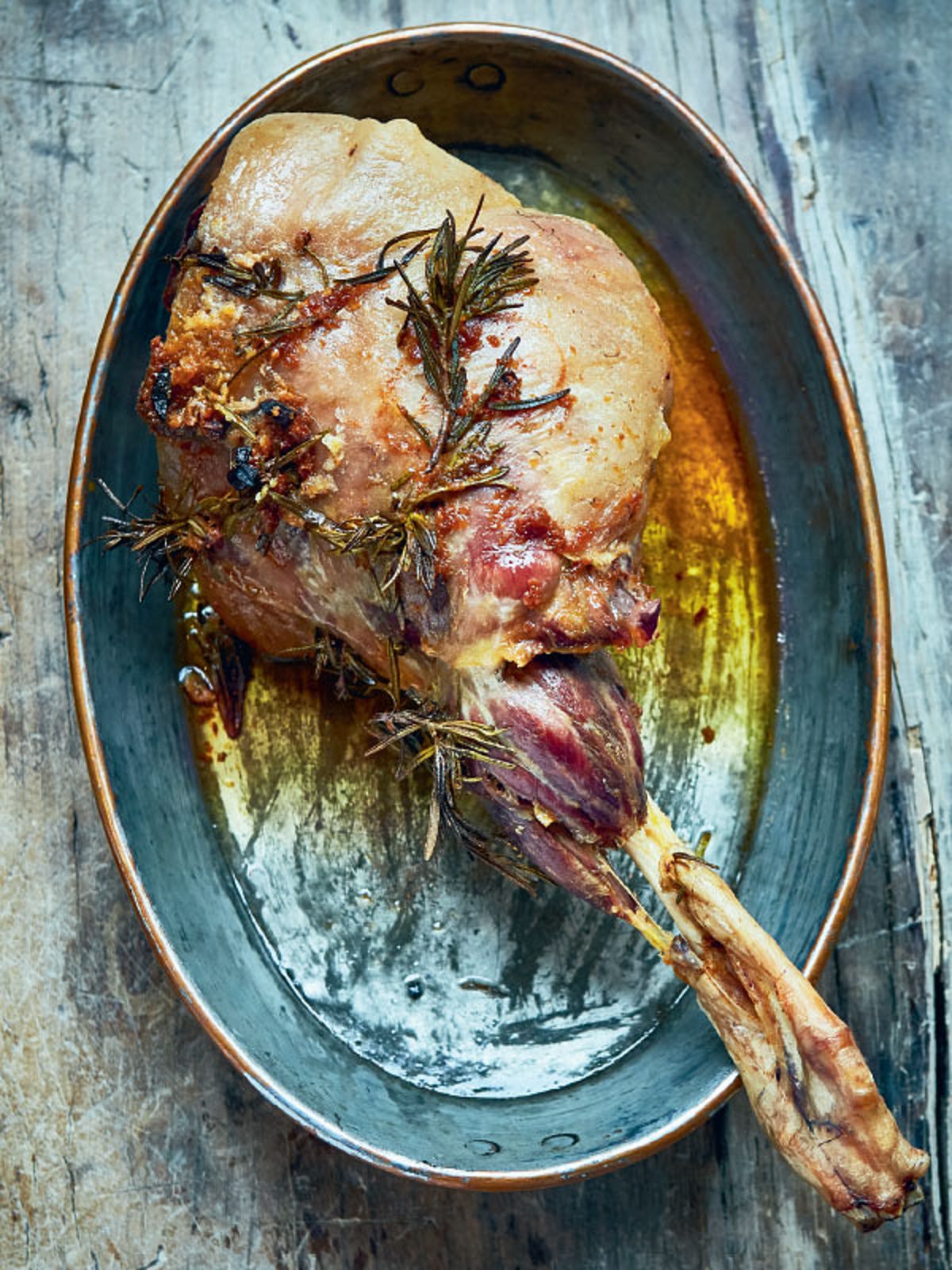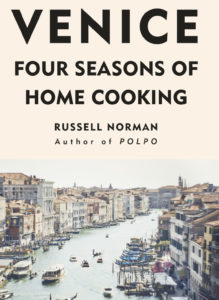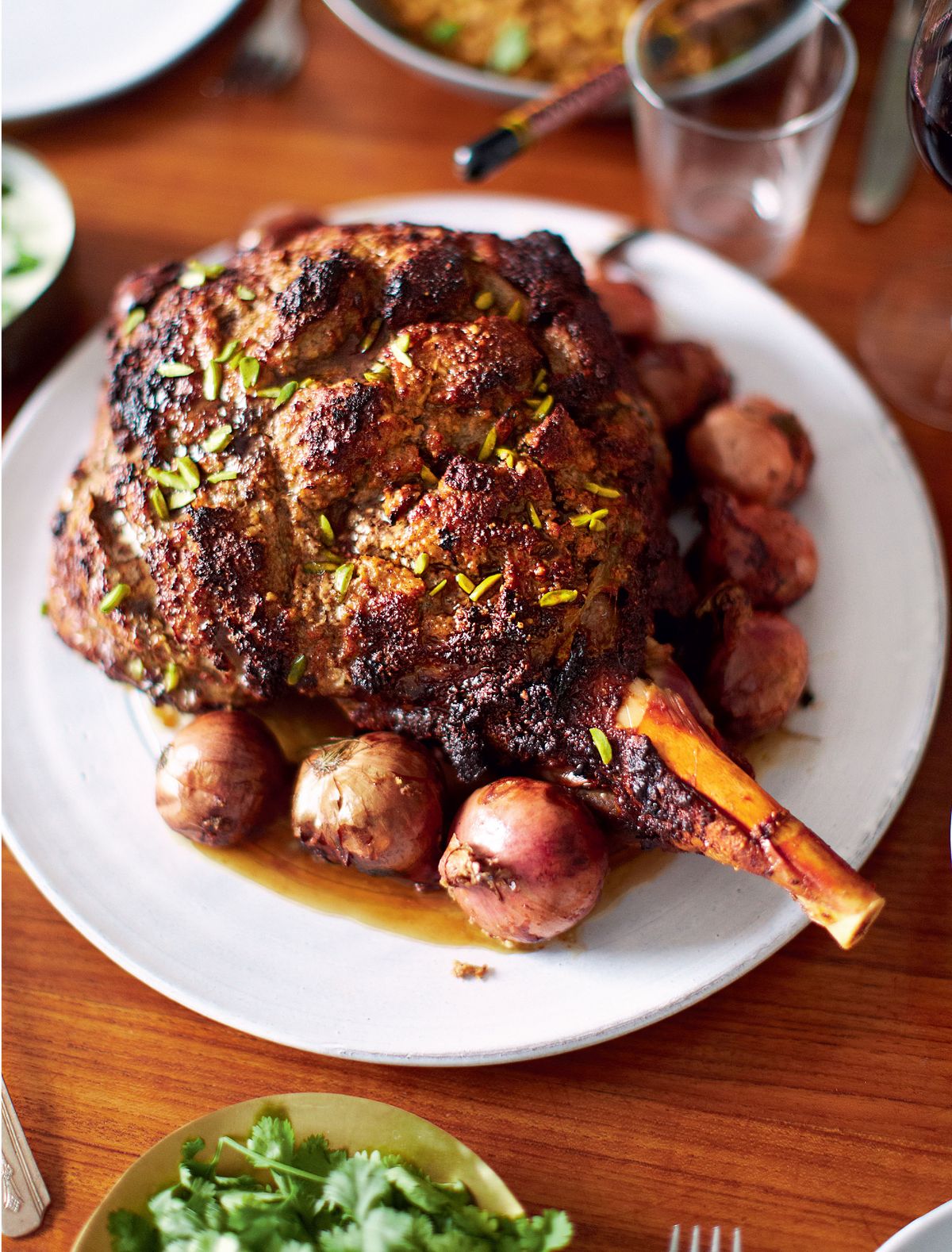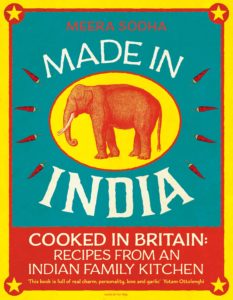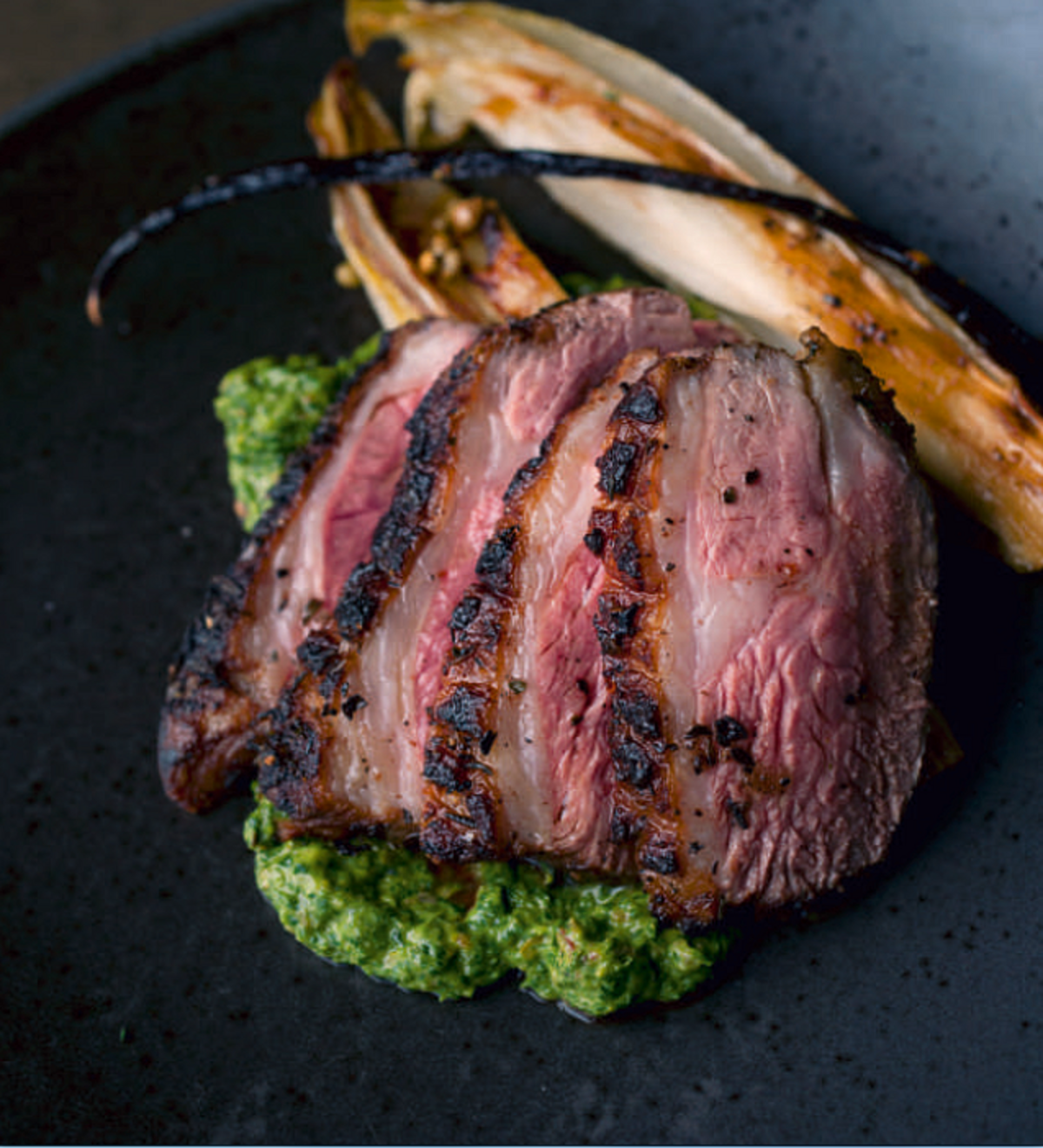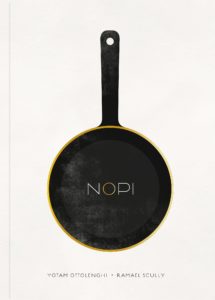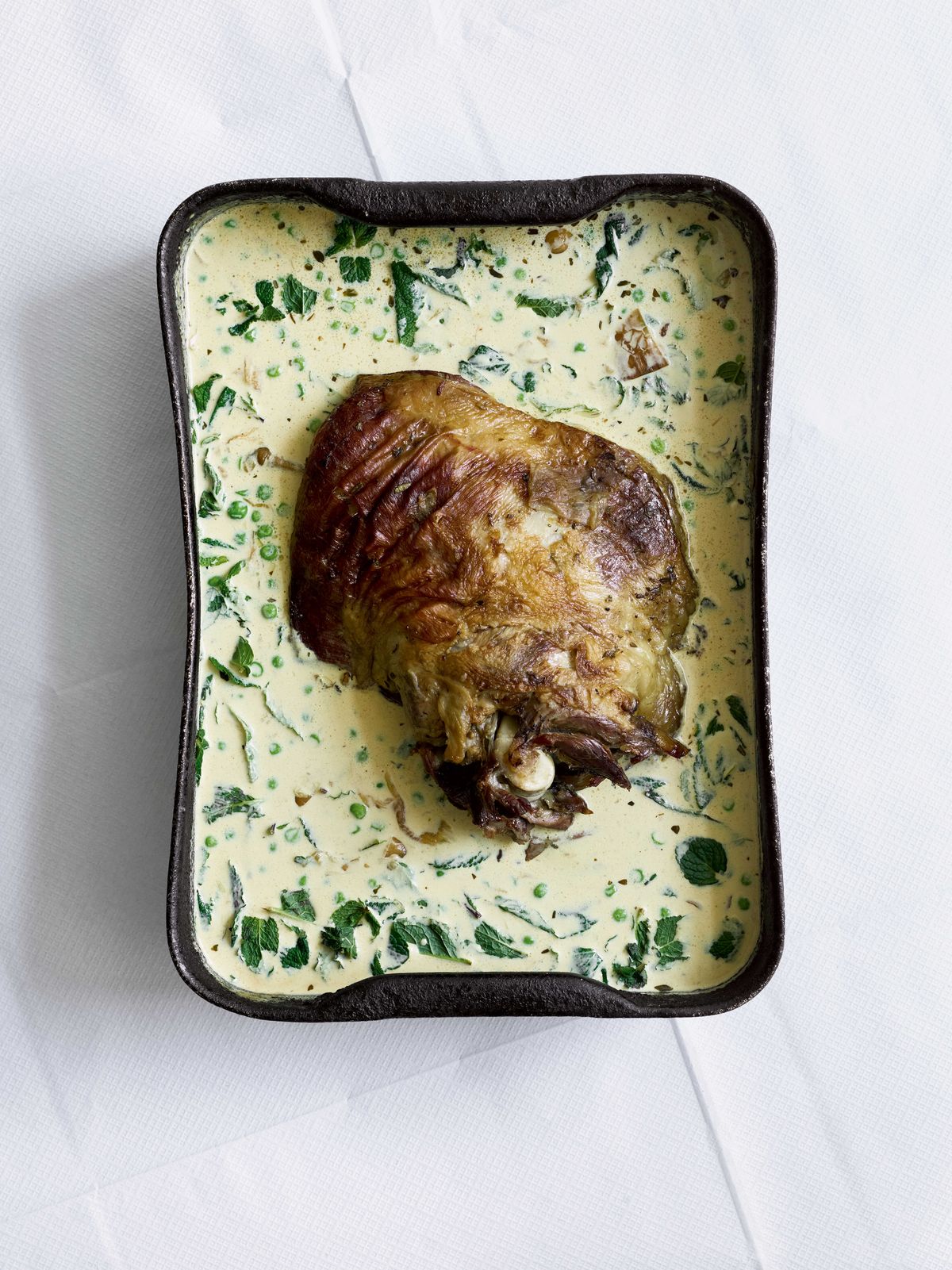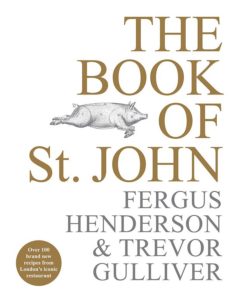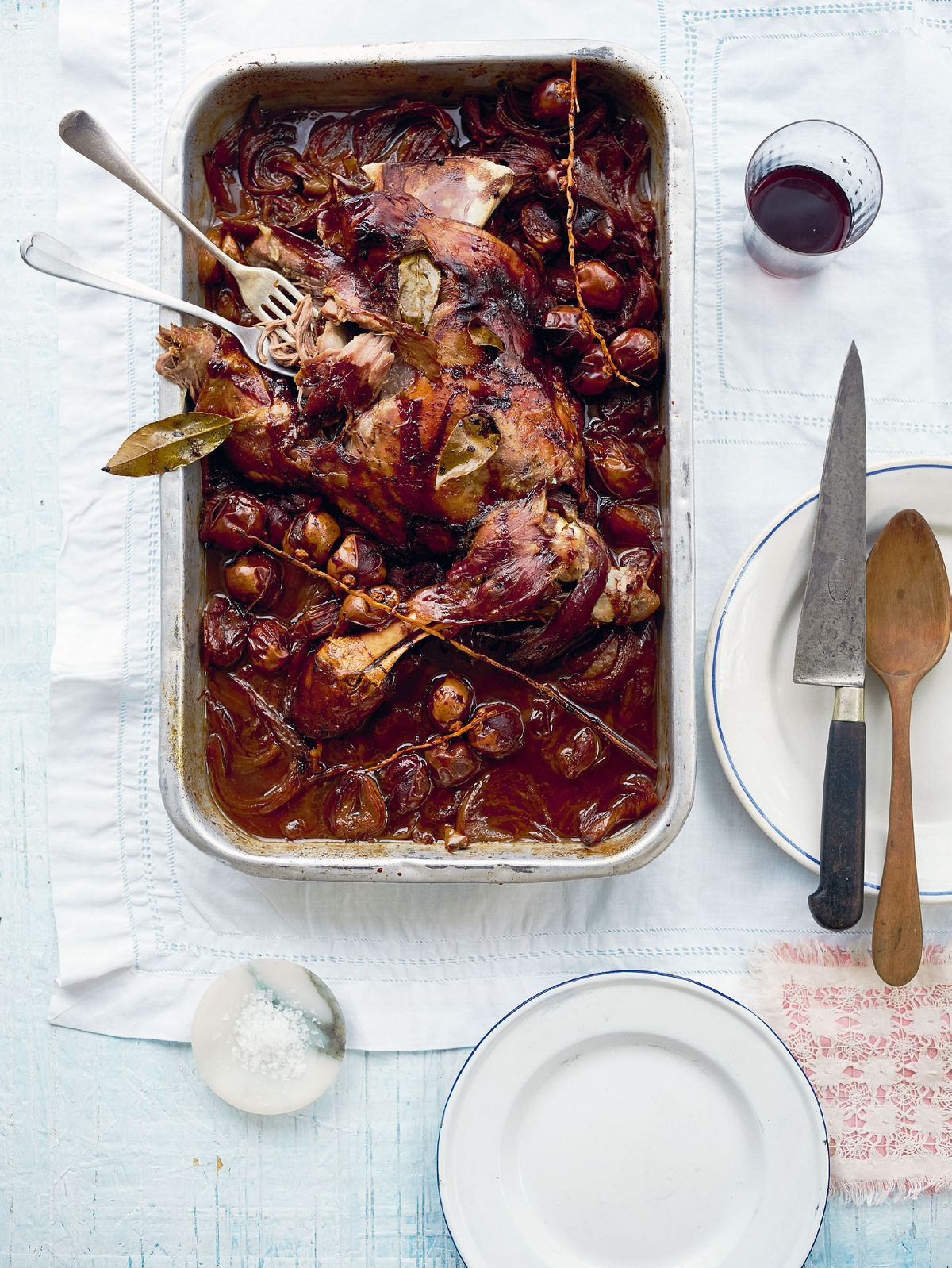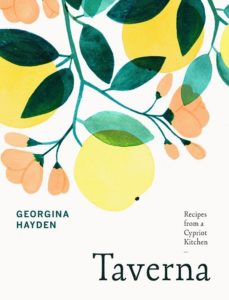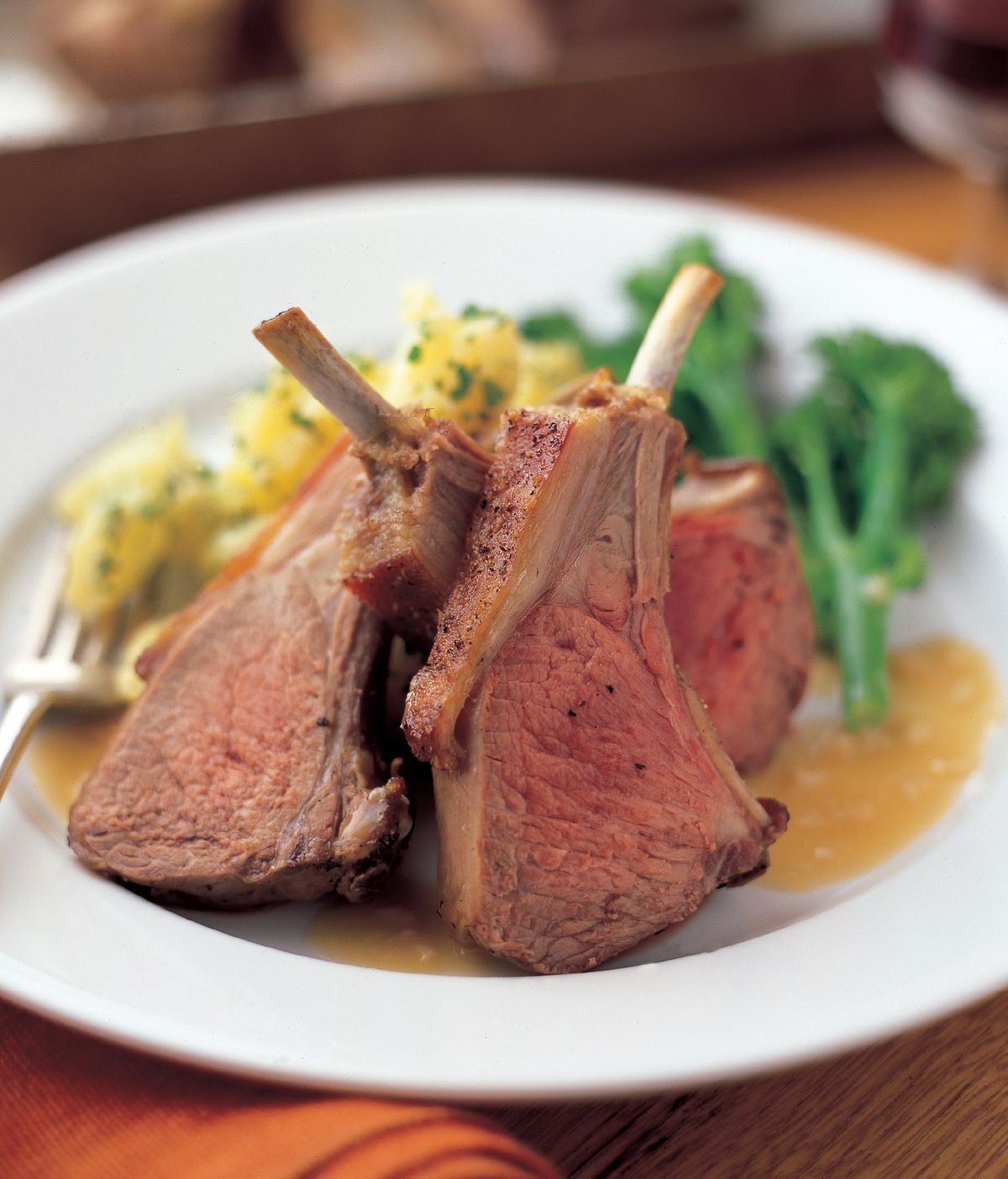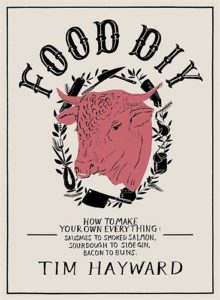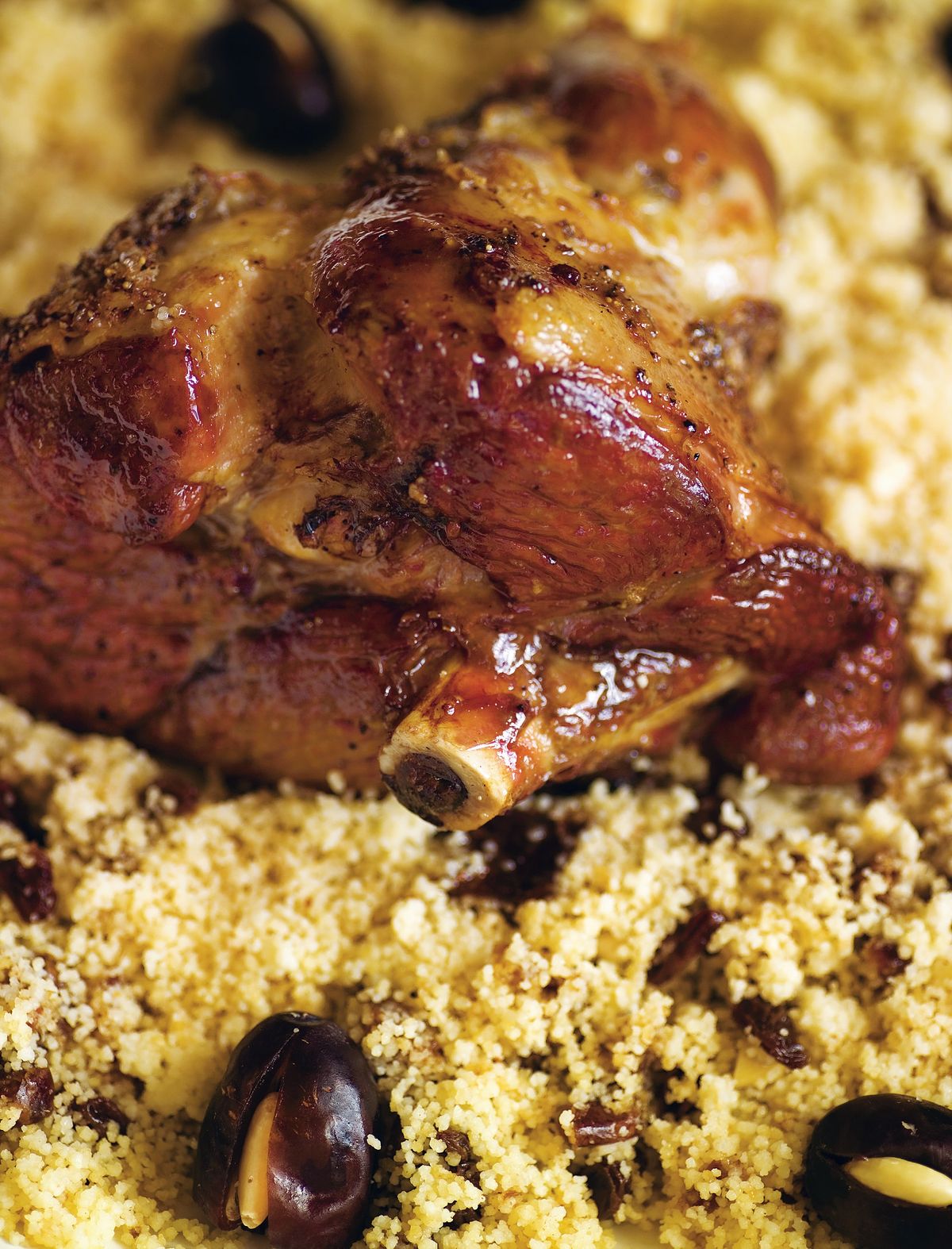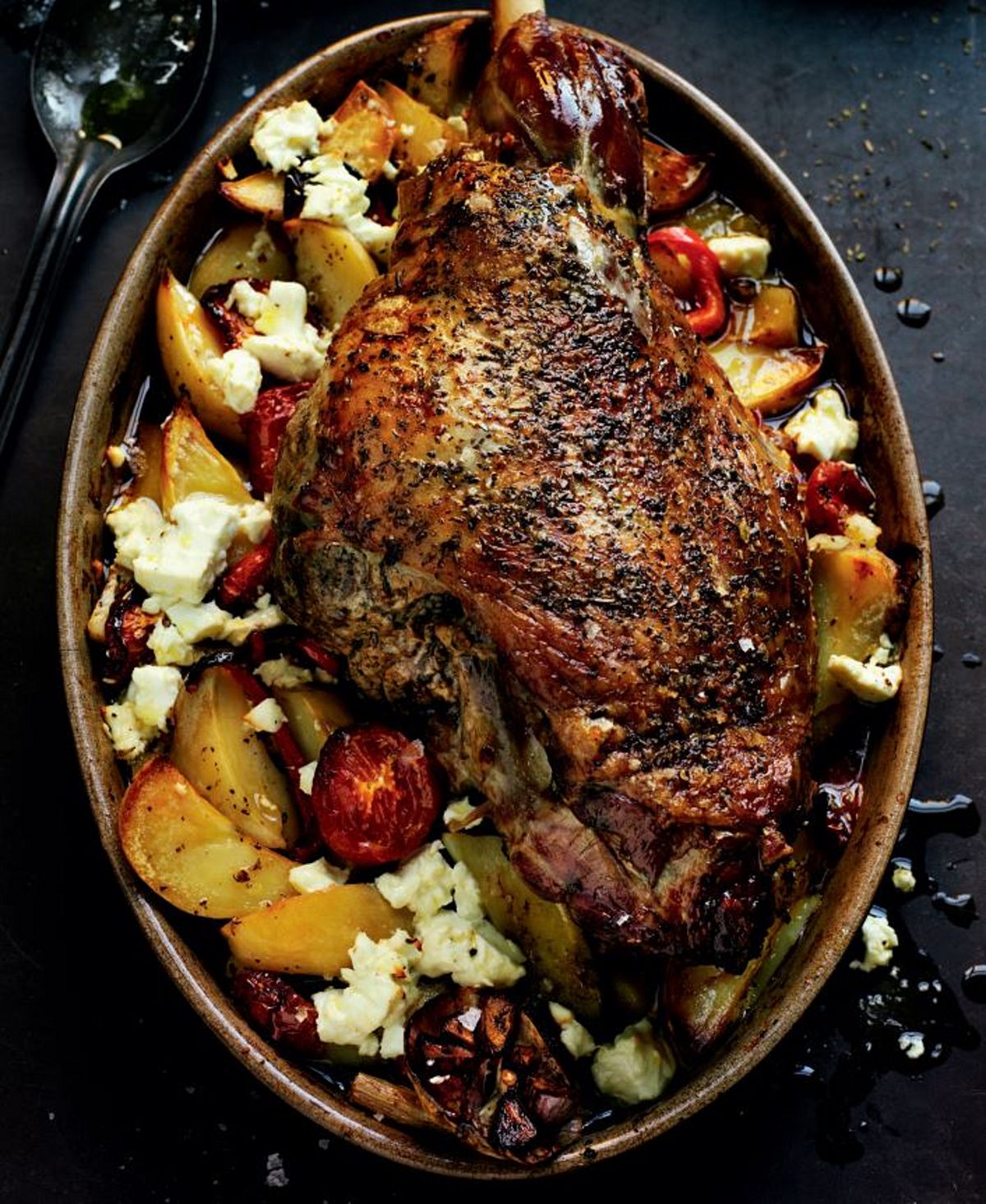Tips for cooking the perfect roast lamb this Christmas
- Cooking processes vary depending on the cut of lamb being used. Shoulder, leg, and neck are especially good when slow-roasted, as in Georgina Hayden’s slow-roast lamb with fresh dates, while rump and rack of lamb are very tender, so are usually served rare or medium-rare.
- You can buy a leg or shoulder of lamb deboned or with the bone in. Deboned joints are easier to carve, while bone-in joints tend to have a richer flavour.
- As with any joint of meat, it’s important to remove your lamb from the fridge about one hour before cooking to allow it to come up to room temperature.
- When it comes to rubs, Russell Norman, author of Venice, stresses the importance of pounding the ingredients into a smooth paste before rubbing it into the meat thoroughly with your hands to coat the joint and allow the flavours to soak in.
- If you’re not slow-roasting your lamb, here are some helpful guidelines for cooking times: cook for 220°C (200°C fan) mark 7 for 20min to brown, then 190°C (170°C fan) mark 5 for 20min per 450g (1lb) for medium (pink), adding an extra 20min at the end if you want the meat well done. A meat thermometer is helpful in figuring out when your lamb is properly cooked. For lamb, rare is about 50°C, medium is about 60°C and well done is about 70°C. A selection of recipes to try Just because it’s Christmas we’re talking about here, it doesn’t mean easy traybakes are off the menu. In fact, we actively encourage any recipes with time and effort-saving tricks to make your life easier on the big day. Enter Nadiya’s roast lamb traybake. Served on a bed of couscous, this simple roast lamb is packed with flavour thanks to a ras-el-hanout marinade, and finished with a festive scattering of pomegranate seeds.
